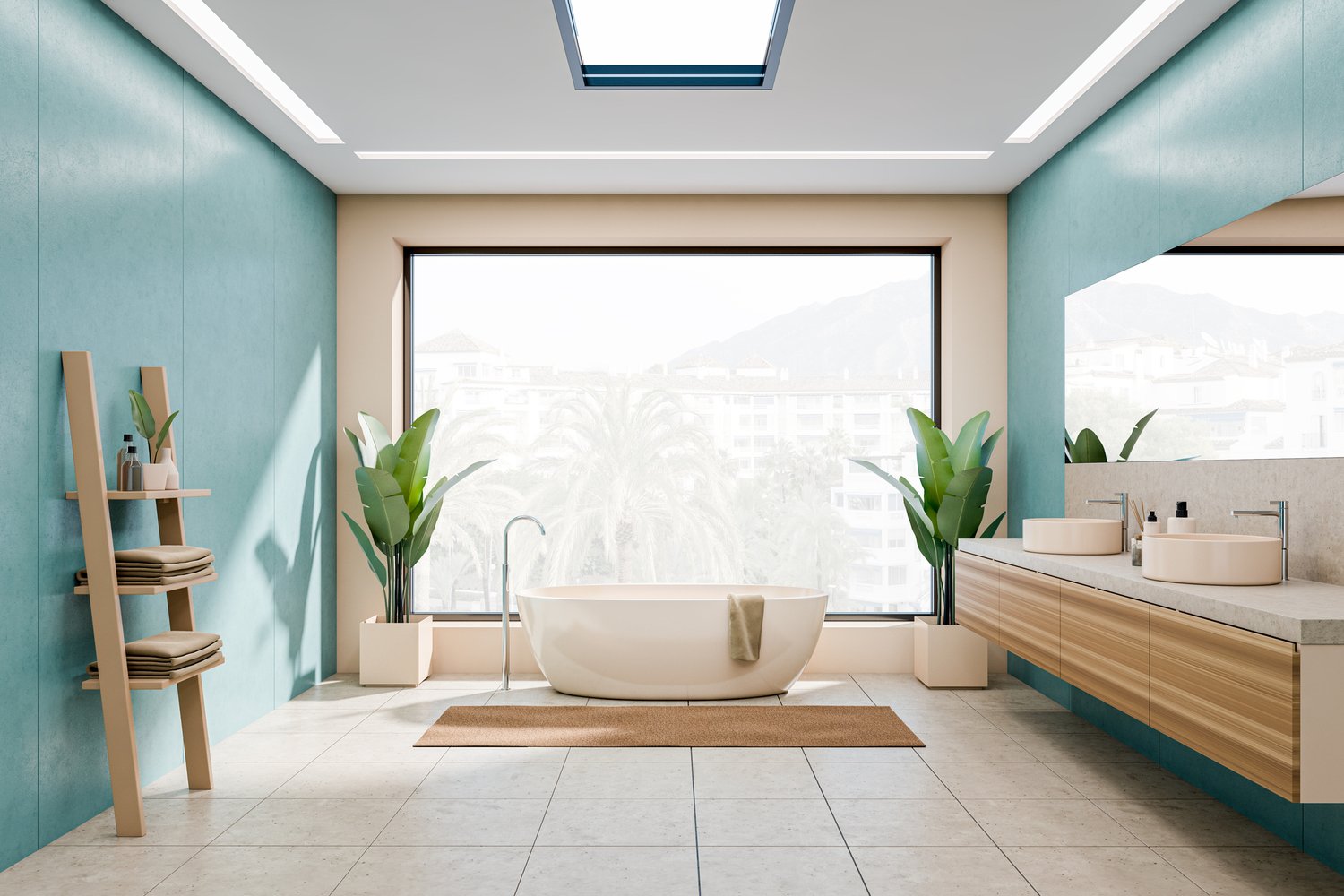Imagine stepping onto a warm floor on a cold winter morning instead of the typical shock of cold tiles or hardwood. Radiant floor heating delivers consistent warmth from beneath your feet, transforming how we experience comfort in our homes. This heated floors guide will explore the different types of underfloor heating systems available, their advantages and limitations, energy efficiency considerations, and which flooring materials work best with this increasingly popular home comfort solution. Whether you’re building new or renovating, understanding radiant floor heating options can help you make informed decisions about bringing this luxurious yet practical feature into your home.
Understanding Radiant Floor Heating Systems
Radiant floor heating works on a simple principle: heat rises. Unlike forced-air systems that blow warm air into rooms, underfloor heating gently warms the floor surface, which then radiates heat upward throughout the space. There are two primary types of systems homeowners should consider. Hydronic systems circulate heated water through tubes beneath your floor and are typically more efficient for whole-house applications. Electric systems, which use resistance wiring installed under flooring, are often more practical for single-room installations like bathrooms or kitchens. Both deliver the same fundamental benefit—consistent warmth that begins at floor level and rises naturally to create comfortable living spaces.
The technology behind radiant floor heating dates back thousands of years to the Romans, who channeled hot air under raised floors in their bathhouses. Today’s systems are considerably more sophisticated, offering zoned temperature control, programmable settings, and integration with smart home technology. Modern installations typically involve either embedding the heating elements in a concrete slab (for new construction) or installing them between the subfloor and the finished flooring material (for retrofits). The entire system operates silently and invisibly, eliminating the visual intrusion of radiators or vents while maintaining comfortable temperatures.
Underfloor Heating Pros Cons: What to Consider
The advantages of radiant floor heating extend beyond the simple luxury of warm feet. The even distribution of heat eliminates the cold spots and drafts common with forced-air systems. Since radiant systems warm objects in the room rather than just the air, they can create comfort at lower air temperatures, potentially reducing energy consumption. This heating method also produces no airborne allergens, making it ideal for allergy sufferers. Additionally, the absence of visible heating equipment frees up wall space and allows for more flexible furniture placement and interior design options.
Despite these benefits, several considerations should factor into your decision. Installation costs typically exceed those of conventional heating systems, particularly for hydronic systems that require boilers and extensive piping. Retrofitting existing homes can be especially disruptive and expensive, as it often requires removing and replacing existing flooring. Radiant systems also respond more slowly to temperature adjustments than forced-air systems, making them less suitable for spaces that require rapid temperature changes. Maintenance can be challenging if problems arise, as the heating elements are located beneath the flooring. However, as experts at AskHomey point out, properly installed systems typically require minimal maintenance and can last for decades, often outliving the flooring materials above them.
Energy Efficiency and Cost Considerations
When evaluating radiant floor heating for your home, energy efficiency often becomes a decisive factor. Hydronic systems typically operate at higher efficiency than electric systems, especially when paired with high-efficiency boilers or water heaters. Their operating costs can be substantially lower than forced-air systems, particularly in well-insulated homes. Electric radiant floors, while easier to install, generally cost more to operate unless used in small areas or as supplemental heating in specific zones.
The efficiency of any radiant system depends heavily on proper installation and home insulation. Insulation beneath the heating elements is crucial to prevent heat loss downward, while overall home insulation determines how effectively the system maintains comfortable temperatures. Though installation costs may seem daunting—ranging from $6 to $20 per square foot depending on system type and installation complexity—many homeowners find the long-term comfort and potential energy savings justify the investment. Additionally, radiant heating can add significant value to your home, making it an attractive feature for future buyers.
Best Flooring for Radiant Heat: Making Compatible Choices
Not all flooring materials perform equally well with underfloor heating systems. Tile and stone stand as ideal companions for radiant heat due to their excellent thermal conductivity, allowing heat to transfer efficiently from the system to the room. These materials not only warm quickly but also retain heat well, enhancing system efficiency. Luxury vinyl tile and engineered hardwood also perform admirably, offering good heat transfer while resisting the dimensional changes that temperature fluctuations can cause.
Solid hardwood requires more careful consideration. While it can work with radiant heating, thinner boards (¾ inch or less) and more stable species like oak or maple perform better than wider, thicker planks or expansion-prone species like hickory. Laminate flooring offers another viable option, though quality varies significantly, so choosing products specifically rated for use with radiant heat is essential. Carpet presents the greatest challenge, as its insulating properties can reduce system efficiency. If carpet is desired, opt for lower pile options with thin padding specifically designed for radiant applications. Consulting with flooring professionals about specific products rated for radiant heat applications can help ensure both comfort and system performance.
For more tips and to connect with reliable home service professionals, follow AskHomey on Facebook and Instagram.


